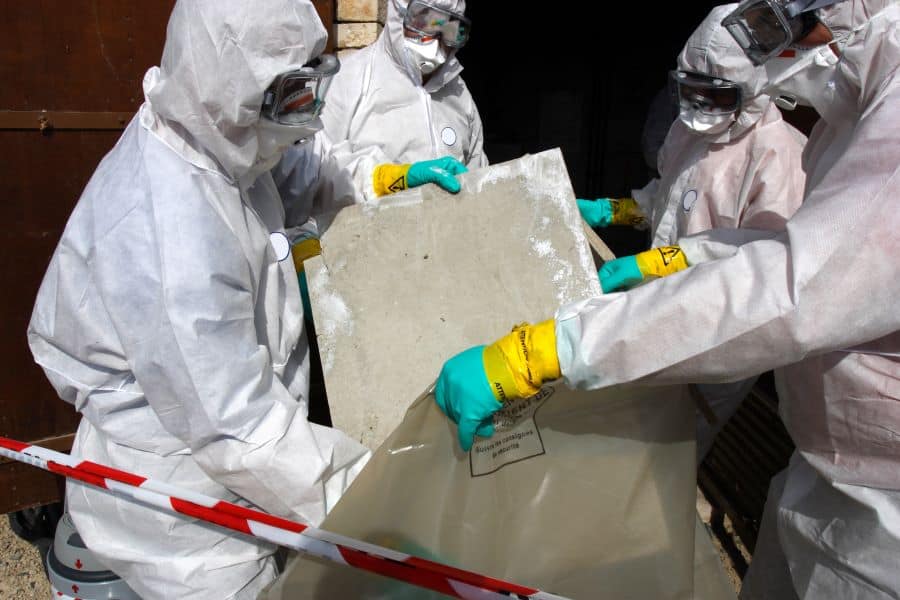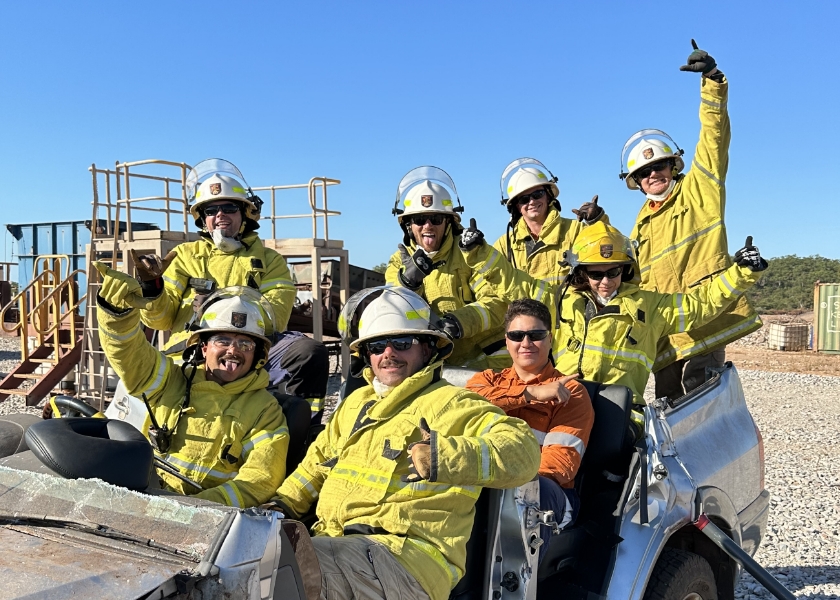When one contemplates the intricacies of workplace safety, the significance of asbestos removal training emerges as a paramount concern. Asbestos, a once-ubiquitous material lauded for its fire-resistant properties, now poses significant health hazards, necessitating rigorous training for those who may come into contact with it. In this discourse, we shall delve into the essence of asbestos, its historical usage, the associated risks, and the critical importance of asbestos removal training.
The Nature and History of Asbestos
Asbestos refers to a group of naturally occurring fibrous minerals known for their durability, flexibility, and resistance to heat and chemicals. The two primary types of asbestos used extensively in Australia are chrysotile (white asbestos) and crocidolite (blue asbestos). These minerals were once celebrated for their utility in a plethora of products, from construction materials to automotive parts, due to their remarkable properties.
Historically, asbestos was employed in Australian buildings and infrastructure throughout the mid-20th century, peaking in usage from the 1950s to the late 1970s. It was used in thousands of products, including insulation, cement, roofing materials, and fireproofing sprays. Despite its beneficial properties, the health risks associated with asbestos exposure were eventually recognised, leading to its gradual phase-out and eventual ban in 2003.
Health Risks of Asbestos Exposure
The perils of asbestos exposure cannot be overstated. When asbestos-containing materials are disturbed, they release microscopic fibres into the air. Inhalation of these fibres can lead to severe and often fatal diseases, including asbestosis, mesothelioma, and lung cancer. These conditions typically manifest after prolonged exposure and can take decades to develop, making early detection and prevention crucial.
Asbestosis is a chronic lung disease caused by inhaling asbestos fibres, leading to scarring of lung tissue and severe respiratory issues. Mesothelioma, a rare cancer affecting the lining of the lungs, abdomen, or heart, is almost exclusively linked to asbestos exposure. Lung cancer, while having various causes, can also be attributed to asbestos inhalation, especially among those with prolonged exposure.
The Importance of Asbestos Removal Training
Given the significant health risks, comprehensive asbestos removal training is essential for those working in environments where asbestos may be present. This training equips individuals with the knowledge and skills to safely identify, handle, and remove asbestos-containing materials, thereby mitigating the associated health risks.
Key Components of Asbestos Removal Training
- Identification of Asbestos: Trainees learn to identify asbestos and asbestos-containing materials (ACMs) commonly found in buildings, including insulation, tiles, and roofing materials. This involves understanding the visual and compositional characteristics of different types of asbestos.
- Understanding Legislation and Regulations: The training covers relevant occupational health and safety (OHS) and workplace health and safety (WHS) legislation, ensuring that individuals are aware of their legal obligations and the standards that must be adhered to when dealing with asbestos.
- Health Effects of Asbestos Exposure: Participants are educated on the severe health consequences of asbestos exposure, emphasizing the importance of preventive measures and early detection.
- Safety Procedures and PPE: Proper safety protocols are paramount. Trainees are instructed on the use of personal protective equipment (PPE), such as respirators and protective clothing, to minimize exposure to asbestos fibres.
- Safe Removal Practices: The training provides detailed guidelines on the safe removal and disposal of asbestos, ensuring that all procedures are conducted in a manner that protects both the workers and the environment. This includes techniques for containing and transporting asbestos waste.
- Licensing Requirements: Understanding when a license is required for asbestos removal is crucial. The training outlines the licensing requirements and the process for obtaining the necessary permits to carry out asbestos removal work legally.
- Emergency Procedures: In the event of accidental exposure or disturbance of asbestos, trainees are taught emergency response procedures to contain the situation and protect those involved.
Why Asbestos Removal Training is Crucial
- Compliance with Regulations: Ensuring compliance with national and international regulations protects companies from legal repercussions and enhances their reputation as responsible employers.
- Protecting Health and Safety: Proper training significantly reduces the risk of asbestos exposure, safeguarding the health and safety of workers and the general public.
- Environmental Responsibility: Effective asbestos removal and disposal prevent environmental contamination, contributing to broader public health and environmental conservation efforts.
- Enhanced Employability: For individuals, possessing asbestos removal certification can enhance employability and career advancement opportunities in industries such as construction, mining, and maintenance.
- Organisational Benefits: For businesses, having a workforce trained in asbestos management reduces liability, ensures compliance with safety standards, and fosters a culture of safety and responsibility.
Education Is Vital
Education is vital for ensuring safety in the workplace. At Riklan, we are committed to providing comprehensive training that equips individuals with the knowledge and skills necessary to handle asbestos safely and effectively. By adhering to stringent safety standards and legal requirements, we help protect the health and well-being of workers and the broader community. Investing in proper asbestos removal training is not merely a regulatory necessity but a commitment to a safer and healthier work environment. Contact Riklan today to learn more about our asbestos removal training programs and how they can benefit your organisation.

